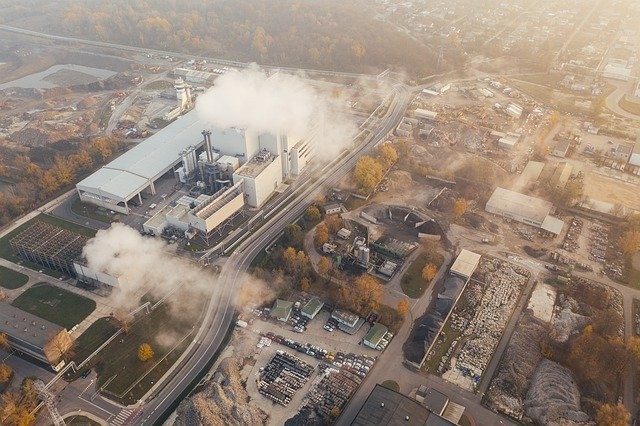5 Cities, Including Miami and Rio, Will Be Most Affected By Climate Change

Scientists have long predicted in the past that climate change produce adverse effects such as the loss of sea ice, accelerated sea level rise and longer, more intense heat waves.
With 40 percent of the global population living in coastal areas, it is not surprising that sea-level rise remains a dominant threat to many cities around the world. They are also confronted by the dangers of flooding and draught caused by rising temperatures that changes rainfall patterns. Moreover, the severity of the impact depends on how the world responds to the call for action, specifically, how well cities prepare and adapt to the changes.
Here are five of the most vulnerable cities around the world and how much they will be affected by climate change, according to an article by MSN.
Mumbai, India
According to a recent study, Mumbai, the financial capital of India, could be submerged underwater by 2050. There are factors that lead to its vulnerability. One is the city's emissions continue unchecked. Another factor is its structure itself: modern Mumbai was built on landfill, altering water flow and destroying natural buffers such as mangroves and wetlands. Its drainage and sewerage are also inadequate which heightens the risk of disease. Aside from that, its shantytowns are built along the water's edge, defenseless against the inevitable storm surges. Critics say little has been done to prepare the city's 18 million inhabitants for any disaster that may rise amidst the dangers of climate change.
Miami, Florida
The cultural, economic and financial center of South Florida is one of the most vulnerable cities in the world to coastal flooding. Over the next 20 years, the city can expect pronounced climate impacts including death caused by heatwaves, destructive hurricanes, and mosquito-borne diseases. It is also vulnerable to aquifer contamination and loss of land due to rising sea levels. In fact, Miami is projected to face anywhere from 1 to 3 feet of sea level rise by 2060. The city has already declared a climate emergency and needs an estimated budget of nearly US$1 billion to fund its resiliency plan, including building seawalls, upgrading housing, drainage and other infrastructures.
Lagos, Nigeria
Lagos is one of the world's largest cities, with an estimated population of nearly 21 million. It is also one of the world's coastal cities most vulnerable to climate change. A Goldman Sachs report included Lagos as one of the most at-risk cities for widespread flooding from sea-level rise and intensified rainfall. What also makes it at risk is its lack of preparedness to cope, with much of its populace already lacking clean water and sanitation. This is despite the city's preliminary steps toward adaptation.
Iqaluit, Canada
According to a report by CBC News, Arctic settlements are being disproportionately affected by climate change. One of these is Iqaluit, Nunavut, a once solid permafrost located in Canada's far north. Iqaluit is reportedly thawing, threatening the very ground on which buildings and roads are built. Although there exists a technology called the thermosyphon that protects the permafrost by literally siphoning warmth from the ground to keep it frozen, scientists say it can't save the sea ice from melting, therefore jeopardizing the entire food chain on which communities depend.
Rio de Janeiro, Brazil
Rio de Janeiro is known for its beaches but this same factor also draws even more crowds as urban residents seek refuge from increasingly severe heatwaves. The Brazilian city faces challenges brought by scorching temperatures. Moreover, in coming decades, rising sea levels, floods and landslides can be expected. City officials are now working with NASA to combat the heat island effect, and implementing changes to land use and urban transportation to prepare the city for the impacts of climate change.
Subscribe to Latin Post!
Sign up for our free newsletter for the Latest coverage!
© 2025 Latin Post. All rights reserved. Do not reproduce without permission.












